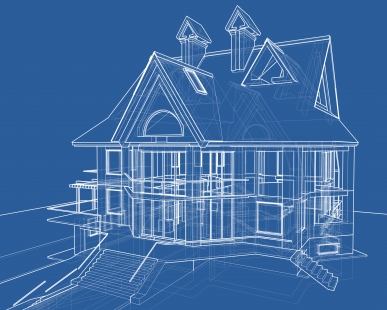Nowadays nobody disputes the important role played by architects in the city: architects understand the contracting authority's needs, convert them into plans and requirements documents, play the role of intermediaries between the contracting authority and the contractor (project manager), and keep a watchful eye on how the project makes progress according to the requirements.

Engineering of information systems is a much more recent discipline than architecture. It is perhaps one of the reasons why this role has not yet reached there the same level of maturity. However, in both cases, it is now proved and well accepted that mistakes made in the early stages of a project are the most serious ones to correct regarding the project cost, duration, security, safety, etc.
In architecture as for information systems, software allows one to support the design activities once the needs are well understood. If the requirements acquisition is quite standardised in architecture, this step reveals to be very problematic in engineering of information systems because of the complexity of the systems to build, of the number of stakeholders, of the lack of standardisation in the requirements gathering, and of the immaterial nature of software.
Nowadays, requirements acquisition and formalisation are often achieved in a very informal way by relying mostly on the practical experience and skills of the one who writes the requirements document. His/her tools are: his/her brain, a pencil, paper and a good word processing software.
Requirements engineering is the discipline allowing one to specify a concise, correct, consistent and complete set of requirements translating an elicited need.
The added value of Respect-IT is to propose a method and a software tool allowing the contracting authority (or more precisely the requirement engineers who support it) to follow a systematic approach for elaborating requirements documents.
